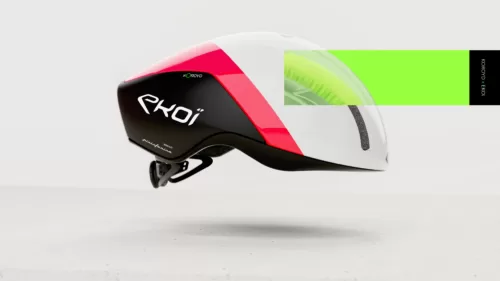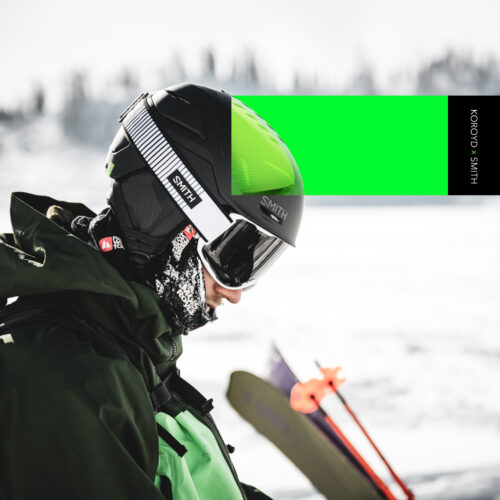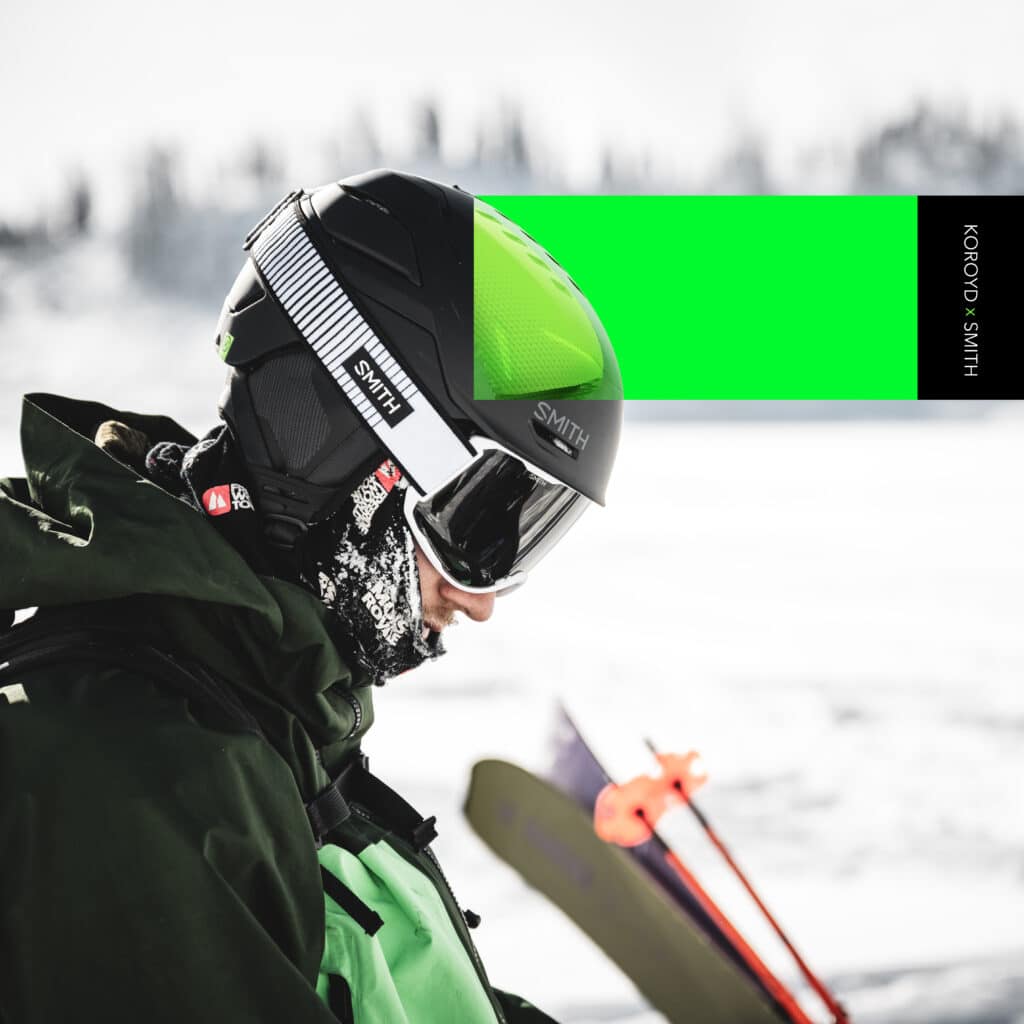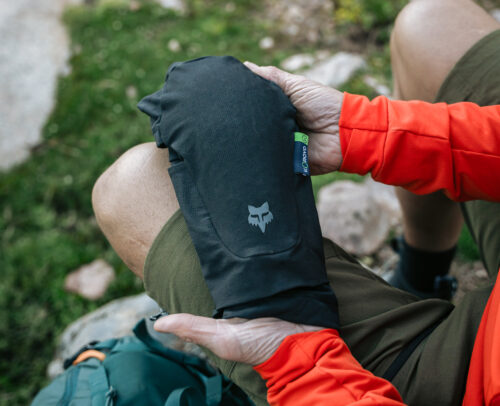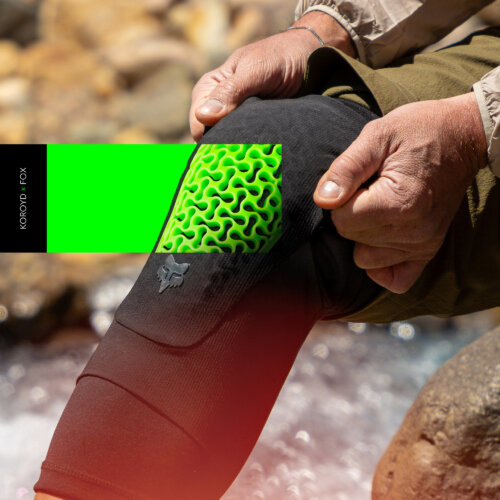Temperatures are dropping, but heat stress is still a top concern.
In the aftermath of record-setting temperatures this past summer, including what’s been reported as the hottest July and September on record, it is imperative that worker safety is prioritized to address the risks of heat stress and offer solutions to minimize the occurrence on job sites. According to researchers at Williams College, heat shocks significantly increase accident rates, while another study found a link between heat stress and decrease of cognitive performance. It is vital to protect workers from the impacts of heat stress by improving the breathability of head protection, apparel, and other essential personal protective equipment (PPE).
With OSHA considering a federal heat standard in the US, and several states already enforcing heat safety policies, employers and regulating bodies alike are making strides toward protecting workers from heat-related injuries and fatalities. We expect to see a larger emphasis on the integration of heat-reducing technologies across core PPE products, which can then provide multiple benefits through a singular piece of equipment.



